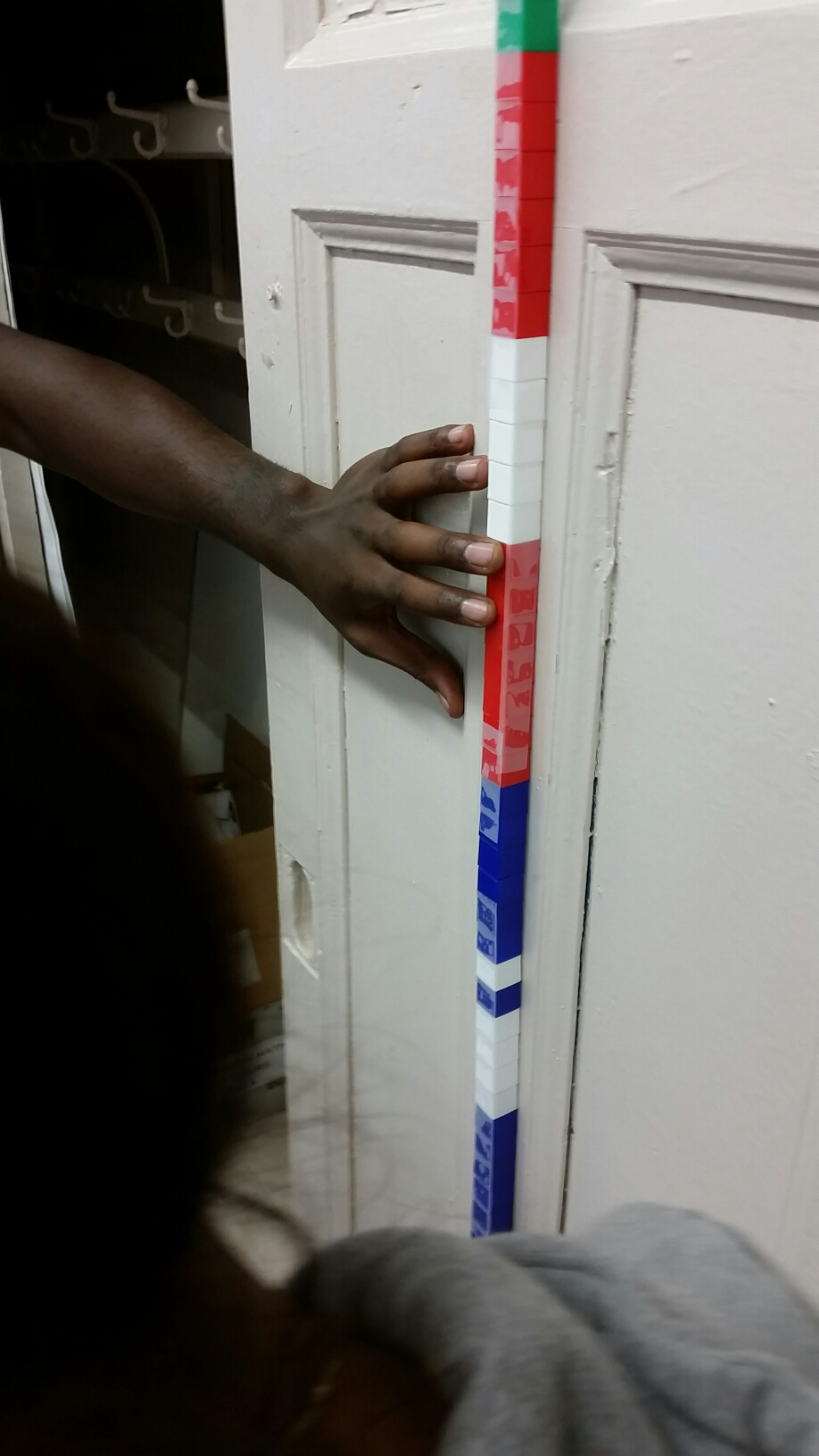I’ve been thinking about a moment from 13 years ago while I was observing Kellie Huhn teach sophomores during my time MSU. 13 years have made the details of the lesson very fuzzy (F.O.I.L.? Standard Form? Quadratics?). What comes back to me was a quick explanation she made about the decision to go “off book” for a lesson. She could have said this: “These kids are getting a little antsy because we are going through all this content so I’m going to have to give them something in context.” It was clear that the class wasn’t behaving poorly, and were ‘doing the work’, but everything seemed deflated. Kellie picked up on this and was using her pedagogic license to direct the class through an activity that would recapture the kids minds. Again, I’m fuzzy on the details on what that actually was (Card sort? Skits? Rich problem set?), but the though still stays with me. As a teacher whose teaching was so non-traditional, I’m pretty sure that my 3 or 4 months of observations taught me that teaching doesn’t have to mean following the book, and challenged me to be inventive as I serve my future students.
So this long weekend I was thinkingabout adding energy to my current class when Kellie’s comment about content and context came to mind. Instructional routines and tasks can seem pretty dry for kids. Without balance it feels a lot more like mastering content than it does real-world context for students. While we spent the last week of class tying together the various representations of linear functions, we may have forgot why they make our lives easier. It seemed time to take Kellie’s words to heart. In thinking of that I decided to adjust the unit a little. I took a modeling activity from 2 weeks from now and decided to run a simpler version of it today.
The actual task that I got was from Dan Meyer’s blog which asked “How many Styrofoam cups unifix cubes would you need to be as tall as your teacher?” Kids could work together and think through the problem, take measurements, and make a prediction. Since I have a crapload of unifix cubes, they could then actually physically put together the 103 (give or take) cubes to reach my height. In the end it ended up being less of a linear modelling activity and more of a estimation activity, but I think it was something that spoke to the point of precision, counting, answering genuine problems, teamwork, and what math class is all about.
(Side note: Before class started one girl who pulled me aside and asked if I thought she should transfer out of the class because it was too hard. At the end of this, her group ended up getting the closest estimate, and it was largely because of her!)
Unfortunately, this means that we aren’t where I wanted to be in the unit. The kids had a lot of fun and were able to apply a lot of the linear thinking that we have been doing to a real context. We’ll just have to derive the slope formula next class while we wrap up linear thinking with an end of the unit reflection.



Leave a Reply